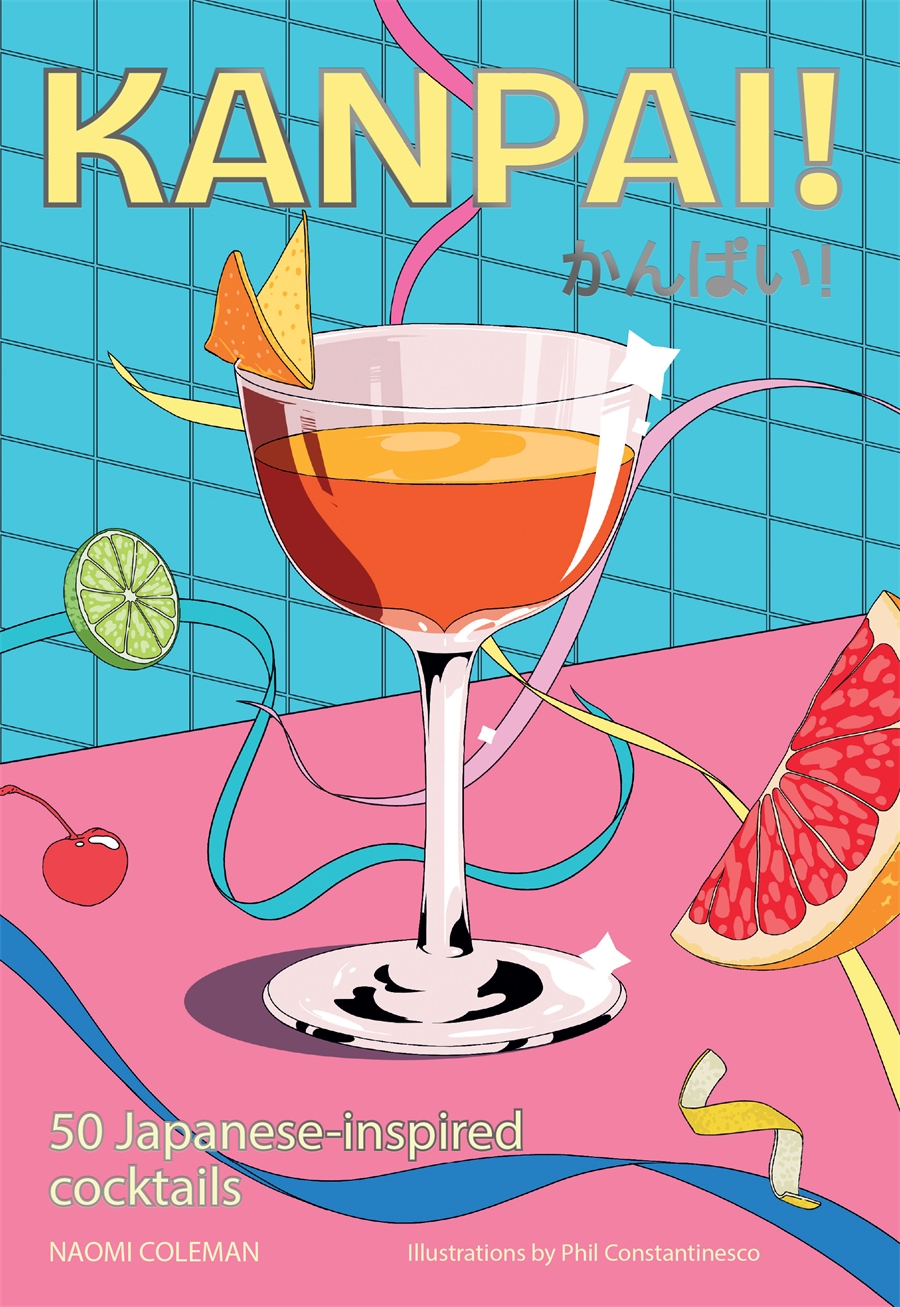Description
For any visitor to Japan, it becomes immediately clear how central the convenience store (or ‘konbini’) is to everyday life. Different to our understanding of the convenience store in the US, Japan’s three huge chains – 7 Eleven, Family Mart, Lawson – are the beating heart of the nation.
Locals will pop into the konbini multiple times a day for household items, umbrellas (during those summer storms), manga and, of course, food — in all its forms. From instant snacks, onigiri, lunch bento, steaming oden, the fluffiest cheesecake slices and pot noodles.
This book celebrates the sometimes odd, always delicious offerings through recipes and stories, as well as delving into the history of this peculiarly Japanese cultural icon.
Brendan Liew and Caryn Ng have spent more than a decade travelling to Japan, traversing its cities and rural countryside to explore, learn and live the local culture and cuisine. In 2016, they established a pop-up Japanese restaurant, Chotto, in Melbourne, bringing traditional ryokan-style breakfasts to the city. The cafe transported diners to Japan on a cultural and culinary journey spanning old and new, inspired by everything from countryside dinners on the Nakasendo trail, to the food of Japan’s far north and deep south, and the animated feasts of Studio Ghibli.
A chef by training, Brendan has worked at restaurants including Kadeau in Copenhagen and Benu in San Francisco, and the three-Michelin-starred Nihonryori Ryugin in Tokyo and Hong Kong. He studied the craft of ramen making in Osaka before settling on specialising in kappo and modern kaiseki cuisine.











